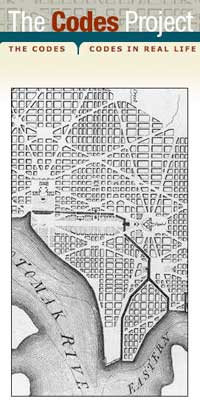- Home
- About CATS
- The Transect
- Transect Codes Council
- Resources & Links
- Contact CATS
- CATS Programs
- Research
- Publications
- Education
- AWARDS
- CATS TOOLS
- Codes
- Modules
- Images
Technical Research | Academic Research
Technical research supported by CATS includes codes and modules as well as major transect-based initiatives such as Sprawl Repair and Agrarian Urbanism.
 |
Suburban Retrofit-Infill and Sprawl Repair Today we are faced with an overwhelming amount of single-use development, at best auto-dependent, at worst abandoned and deteriorating. Sprawl will not mature independently into vibrant, sustainable communities, so transformation needs to be guided and regulated. In recent years, many New Urbanists have been working on a range of design, implementation and finance techniques to enable suburban retrofit and infill. While Mashpee Commons is a pioneering New Urbanist model for greyfield redevelopment, a more comprehensive suburban retrofit initiative was presented at several Open Source sessions at CNU XVI in Austin, Texas in 2008. Over the course of several days about 25 practitioners contributed to topics ranging from re-forming the regional scale to restructuring single-use enclaves, and finally to transitional building types. The key points of these conversations have been integrated into plans for an instruction manual to repair suburban sprawl. The Sprawl Repair Manual will provide a toolkit of standard techniques to categorize existing problem areas and tailor solutions to context. The goal is a successful retrofit to complete, reconnect and repair sprawl types such as malls, shopping centers, isolated subdivisions, townhouse/apartment complexes, and office parks, ultimately to be included within a coherent neighborhood structure. Download Suburban Retrofit-Infill Posters. Posters by Duany Plater-Zyberk & Company |
Academic research on the Transect includes theoretical analysis and debate, and documentation of the environmental and social performance of transect-based applications. Proposals for studies are encouraged. To post existing peer-reviewed research related to the CATS mission, please contact us.
 |
The Codes Project An important web-based initiative supported by CATS was The Codes Project, coordinated by Arizona State University Professor Emily Talen. The website contained an anthology of the codes, laws and related documents that have created, or sought to create, particular urban forms. It included a searchable archive drawn from a broad array of historical documents. Documents had been selected from around the world, and from all time periods. Included were both legally-binding codes as well as customary rules that may not have involved a governing authority. These documents provided a rich cultural resource for urban planners, architects, and all others involved in the construction of place. The current status of the project is unknown and the website is no longer available. |
Bohl, Charles, and Elizabeth Plater-Zyberk, eds. Special Issue: Building Community Across the Transect. Places, Vol. 18, Issue 1, 2006.
Brain, David, and Andrés Duany. "Regulating as if Humans Matter." Regulating Place: Standards and the Shaping of Urban America, Routledge, 2005, pp. 293-332.
Duany, Andrés. "Transect Planning." Journal of the American Planning Association, Vol. 68, No. 3, Summer 2002, Americann Planning Association, pp. 245-246.
Duany, Andrés, and Emily Talen. "Making the Good Easy: The SmartCode Alternative." Fordham Urban Law Journal, Vol. 29, No. 4, pp. 1445-1468.
Duany, Andrés et al. Special Issue: The Transect, Journal of Urban Design, Volume 7, issue 3. Routledge. 2002.